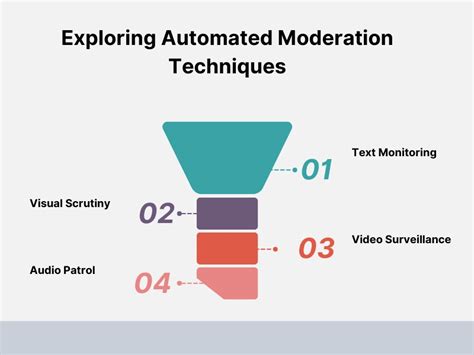Exploring the Potential of AI in Automating DAO Revenue Distribution
The Decentralized Autonomous Organization (DAO) model has revolutionized the way businesses operate by fostering a culture of transparency, accountability, and community-driven decision-making. At its core, a DAO is a decentralized network of autonomous entities that collectively manage and govern a shared pool of resources. A crucial aspect of this model is revenue distribution, which can be complex to manage manually due to several factors such as high transaction costs, regulatory complexities, and the need for efficient allocation. Artificial Intelligence (AI) has emerged as a promising solution in automating DAO revenue distribution.
The Challenges of Manual Revenue Distribution
Manual revenue distribution can lead to inefficiencies and potential financial losses. Traditional methods typically involve:
- Time-consuming processes: collecting data on transaction activity, calculating fees, and distributing funds to validators and stakeholders.
- Complexity

: Ensuring regulatory compliance, managing multiple currencies, and dealing with high variability in revenue streams.
- Limited scalability: As the DAO grows, manual systems can become overwhelmed by the sheer volume of transactions.
How AI Can Help Automate DAO Revenue Distribution
AI can significantly improve DAO revenue distribution by automating many of these tasks:
- Predictive analytics: Using machine learning algorithms to analyze historical transaction data and identify trends, predict revenue fluctuations, and optimize allocation strategies.
- Automated fee management: Implementing smart contracts that automatically calculate fees based on user transaction volume and network activity.
- Risk assessment: Using natural language processing (NLP) to detect potential security risks and automate mitigation measures.
Benefits of AI in DAO Revenue Distribution
Using AI in DAO revenue distribution offers several benefits, including:
- Increased Efficiency: Automating manual processes reduces processing time, minimizing errors and increasing overall productivity.
- Increased Accuracy: AI-driven predictive analytics ensure revenue is distributed fairly and accurately, reducing disputes and conflicts between stakeholders.
- Increased Transparency: By automating the reporting process, DAOs can maintain complete visibility into their operations, enabling more informed decision-making.
Real-World Examples of AI in DAO Revenue Distribution
Several DAOs have successfully implemented AI-powered revenue distribution systems:
- $4B Compound DAO: Utilized machine learning to optimize its treasury management and allocation processes.
- $20M ShibaDAO: Implemented an AI-driven system for automated fee collection and distribution.
Conclusion
Integrating AI into DAO revenue distribution can greatly increase the efficiency, accuracy, and transparency of this model. By automating manual tasks, predictive analytics, and risk assessment, DAOs can unlock new opportunities for growth and development. As AI usage continues to grow within the DAO ecosystem, it is essential to stay up to date on the latest developments, best practices, and potential risks.
Recommendations
- Invest in AI R&D: Encourage innovation in areas such as predictive analytics, machine learning, and natural language processing.
- Develop standards for AI-powered DAO services: Establish guidelines for interoperability, security, and data protection to ensure seamless integration of AI-driven systems across different DAOs.
Future Directions
The future of DAO revenue distribution will likely be shaped by ongoing developments in AI research, including:
1.

